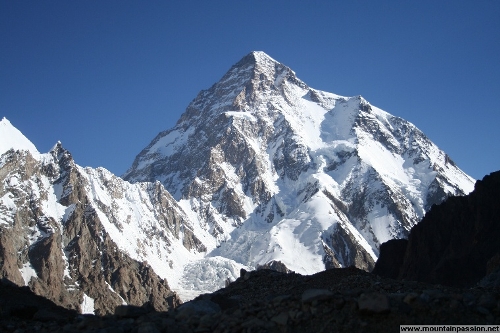Conservation of one horned rhinos in India has been a great success. In 1905, the species was on the brink of extinction. Through strict protection this population has recovered to over 1,700 individuals today. But now, more than 93 percent of India’s rhinos live in just one national park – Kaziranga. The species is therefore exposed to risks such as disease outbreaks and poaching that could devastate an entire population. Human-wildlife conflict is another result of insufficient habitat. By 2020, the Indian Rhino Vision – a joint project of WWF, the government of Assam and the International Rhino Foundation – will achieve a population of 3,000 wild rhinos in Assam.

Preserving the Sacred Himalayan LandscapeThe snowpacks of the Himalayan Mountains are an important source of fresh water for millions of people in South Asia and its alpine meadows and conifer forests harbor an array of rare plant life and endangered species. WWF’s Sacred Himalayan Landscape initiative leverages the spiritual beliefs and conservation ethics of local communities to restore essential habitats and protect endangered species such as the snow leopard.

Safeguarding Bhutan’s Biological Conservation ComplexThe Bhutan Biological Conservation Complex can be described as a large conservation landscape comprising all protected areas - including buffer zones within the country. It connects biological corridors, creating a contiguous area of Bhutan's major ecosystems. Presently, there are four national parks, four wildlife sanctuaries, a strict nature reserve and 12 biological corridors. The total area covered is more than 3.6 million acres.








